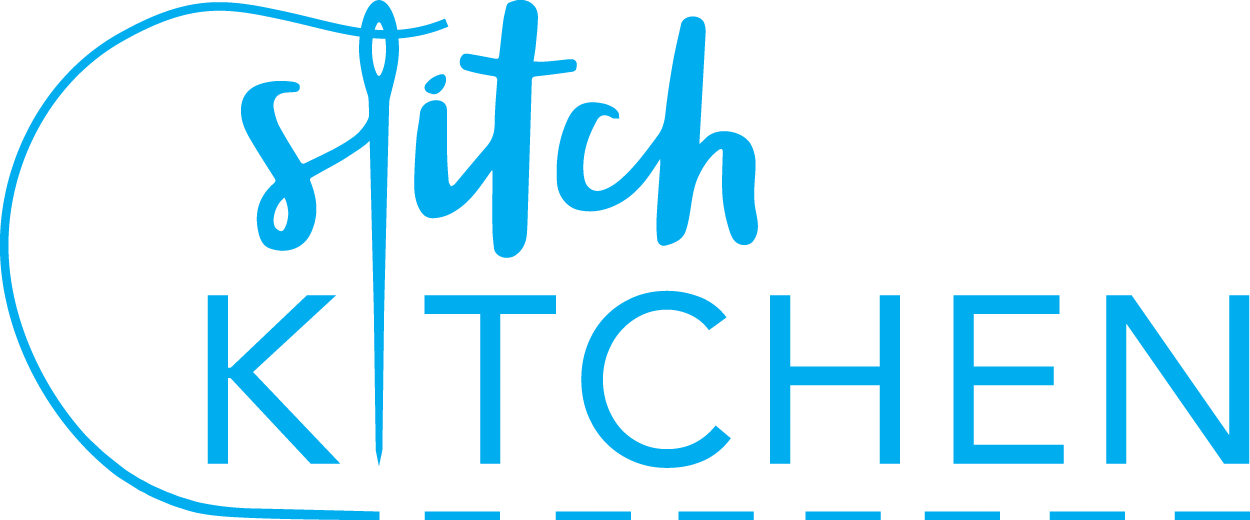International Repair Day
Repairing things isn’t a new idea. Anyone who has made anything understands the vested interest in not having to make it again without good reason, as it’s far easier and cheaper to repair, adjust, refine, repurpose than it is to recreate from scratch.
In the 19th Century industrial revolution, it became comparatively easier to make things from scratch - machines could take a lot of the manual labour out of agriculture to make the fibre, processing, dyeing, spinning, weaving, cutting, sewing… followed by the 20th Century technological revolutions in electricity and electronics, including computer systems that automate design, production and international shipping between each point in the process.
LEFT IMAGE: A Roberts loom in a weaving shed in 1835. Textiles were the leading industry of the Industrial Revolution, and mechanized factories, powered by a central water wheel or steam engine, were the new workplace.
RIGHT IMAGE: Modern industry: Remi Holdings textile factory, Bangladesh
Technological revolution enables the complex modern supply chains neccessary for fastest production at lowest prices - but make it immensely complex to trace the human and environmental impact.
All of which meant labour behind the production became less valued, and so too the items produced. If you’ve seen documentaries such as The True Cost, or seen reports from Green Peace, you’ll now that clothing is never cheap: someone somewhere is paying for it.
Thankfully, many of us have moved on from the mindset of disposable fashion (as a progress check, remember the 1960’s Paper Dress movement? Wearing your ‘wastebasket dress’ with pride - after all, washing it made it flammable so you dare not wear it twice!).
All of which meant labour behind the production became less valued, and so too the items produced. If you’ve seen documentaries such as The True Cost, or seen reports from Green Peace, you’ll now that clothing is never cheap: someone somewhere is paying for it.
Thankfully, many of us have moved on from the mindset of disposable fashion (as a progress check, remember the 1960’s Paper Dress movement? Wearing your ‘wastebasket dress’ with pride - after all, washing it made it flammable so you dare not wear it twice!).
Covid-19 has taught us a little about slowing down, using what we have, and appreciating that going out and buying something new is a luxury that we can, incredibly, survive without.
But we are the generation that did not learn to mend things at our parent’s knee. Knitting, crochet, embroidery and even machine sewing have almost vanished from our schools. Traditional ‘good housekeeping’ style guides to mending are… a tad intimidating to say the least. So the solution is to throw away the traditional rulebooks and make mending our own.
We are in the midst of the 4th Industrial Revolution, sometimes known as the Social [Media] Revolution, or the Information Age.
The internet, especially social media, allows self-taught sewists and artists such as Tom van Deijnen to inspire new ideas about acknowledging and celebrating that we do have vested interests in our clothing, and can add value while honouring the labour of everyone who worked hard to bring an individual item into our lives (from the farmers who grew the seed to the underpaid shop assistant who smiled as they wrapped our purchase; ...perhaps even the ancient tree or dinosaur who produced the oil for it to be transported to where we could buy it…?).
International Repair Day is an annual event on the 3rd Saturday in October which celebrates our united efforts as a world-wide community to ‘visibly mend’ some of the damage created by industrialisation of production - not only in textiles, but in all manufactured goods.
Why Repair Day?
We want to make a repair as visible as possible. This day highlights the value of repair and promotes global community efforts to fix the stuff we own.
During previous editions of Repair Day, we witnessed great interest and sharing through social media, where people posted their repair events and stories, and we heard from fixers and community repair events across the world, from the UK to Spain, Iran, Argentina or the US. In 2020, the focus was on #RepairIsEssential, with increased interest from the global press and from independent repairers.
International Repair Day also presents an opportunity to further promote community repair events globally: motivating active groups, encouraging new ones to emerge, and inspiring citizens to share their skills as volunteers.
Beyond repairing in the community, this day can help independent repair shops promote their work, and also inspire companies to show support for repair, sharing information, tools or spare parts
At Stitch Kitchen, we run monthly ‘Mend and Make Awesome’ workshops, on the 2nd Saturday of each month. This year it fell on 9th October, the week before the international event, so we thought we’d go ahead and put on an extra, special mending workshop and give people double the opportunity to explore and enjoy mending their favourite clothes.
The Visible Mending workshop focused on hand sewing, with patching and darning inspired by Boro, Kantha and other traditional examples of textile repair, but in a very beginner-friendly, creative, (and probably messy) new way.
Plus we joined forces with the Our Seas, Our Future group from the University of Otago to engage to host an energetic and interactive discussion about the hidden problems of clothing and consumerism and share more proactive solutions.
Remember that you don’t have to wait for our mending workshops, you are always welcome to pop into us at Stitch Kitchen with your mending, be it for some company and a good cup of tea while you mend, need to borrow a darning mushroom, or need some help with a neat trick you saw on you-tube but cannot quite figure out how to do. Our hours are Wednesday-Saturday, 10:30-4 pm, with late close on Fridays.
Contact us or message us on social media to check out what’s happening at the studio and book a time.
Some great resources for further mending inspiration:
Also, check out some of the treasures in our own local Dunedin Public Library (which is still my favourite place to research - regardless of what revolution we’re in).







